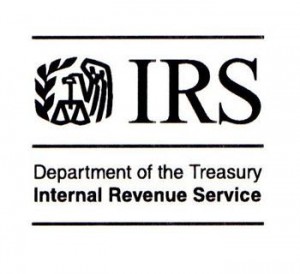On August 25, 2023, the IRS issued Notice 2023-62, dealing with the SECURE 2.0 requirement that any age 50 catch-up contributions by an employee with prior-year FICA wages over $145,000 (to be indexed with inflation) be made on a Roth basis, rather than a pre-tax basis. The guidance had two effects:
- The requirement that catch-up contributions for individuals over age 50 with prior-year FICA wages over $145,000 be made in the form of Roth contributions was delayed until 2026.
- The language of the statute had suggested that no catch-up contributions could be made at all beginning in 2024. The IRS has confirmed that it will continue to treat catch-up contributions as permissible.
While the guidance applies to 401(k) plans, most governmental entities are not permitted to have 401(k) plans. However, it also affects governmental 457(b) plans, along with 403(b) plans for those governmental entities that are permitted to have 403(b) plans (governmental instrumentalities that also have tax-exempt status under section 501(c)(3), and public schools and universities). It is particularly significant for governmental entities which maintain both 403(b) and 457(b) plans, since an employee is able to double the usual amount of catch-ups by making a catch-up election with respect to both plans.
The IRS also announced its intention to issue further guidance in three areas:
- In determining whether an individual has $145,000 in FICA wages, wages exempt from FICA will not be counted. Among other things, this would mean that state and local government entities not subject to Social Security would not have to comply with the new rules at all.
- For a participant in a multiple employer plan with compensation from two or more participating employers, the determination of whether the Roth catch-up rule applies would be made on an employer-by-employer basis. So for example, in a statewide plan, compensation that an individual received from one governmental employer would not have to be combined with that from another in applying the $145,000 limit.
- When the new rules become effective in 2026, a plan may treat a pre-tax catch-up election for a participant subject to the Roth catch-up rule as though it were a Roth catch-up election, without the need to obtain an updated election from the participant. For example, suppose that a participant over age 50 with compensation of $145,000 elects to make a contribution of 25% of compensation. The maximum for 2023 (without catch-ups) would be $22,500. Assuming this limit were still in effect in 2026 (it rises with inflation), the employer would not need to get a separate election in order to have an additional $7,500 taken from the participant’s compensation and contributed on a Roth basis.
While these three points would be helpful to impacted plan sponsors, they are not yet the IRS’s formal position.
General information on the effect of the notice (for nongovernmental as well as governmental plans) can be found at this link. Information on the amount of regular and catch-up contributions can be found at this link.

 With the IRS no longer issuing rulings or determination letters on individually designed qualified plans or
With the IRS no longer issuing rulings or determination letters on individually designed qualified plans or